
.
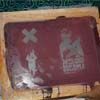 Screen printing and design your t-shirts
Screen printing and design your t-shirts
Step-by-step tutorial on the technique of screen printing t-shirts.
Chapter 2 – Necessary materials.
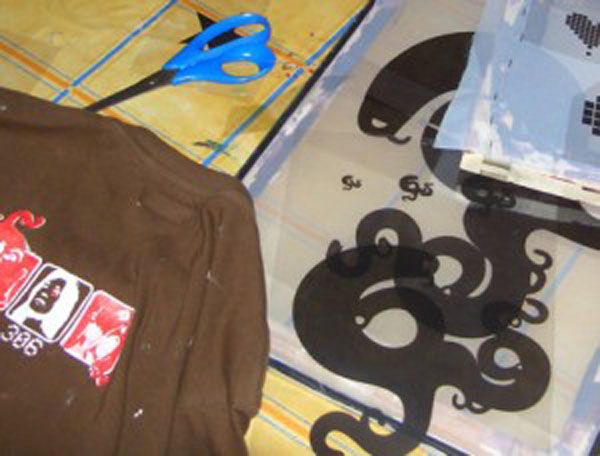
.
These are the materials we need for the workshop, I put them in order of importance. You can buy the inks and emulsion at the end when we already have the first screen ready.
- Frame/screen 20×25 cm approx. €7 (to Chinese or fine arts shop).
- Organdy fabric €7/m2 (fabric shop, sewing, lingerie).
- Wall stapler.
- Plastic trowel or professional scraper.
- Diazo emulsion.
- Lacquers, aqueous textile inks.
- Test shirt.
- Dark drawer of 30×40 cm approximately.
- Red, blue or green bulb.
- Screen.
.
Frame.
Here our drawing will be recorded and will serve as the main element of the template to stamp the t-shirts, if we stretch the fabric well and make the emulsion correctly, it can last for years without losing detail of the drawing. Any frame, canvas…, 4 well-nailed boards, serves as a frame.
In the “Chinese” they sell very cheap canvases, you remove the fabric and the staples trying to damage the frame as little as possible and we already have the frame for the screen.
If not any canvas or frame that you have at home.
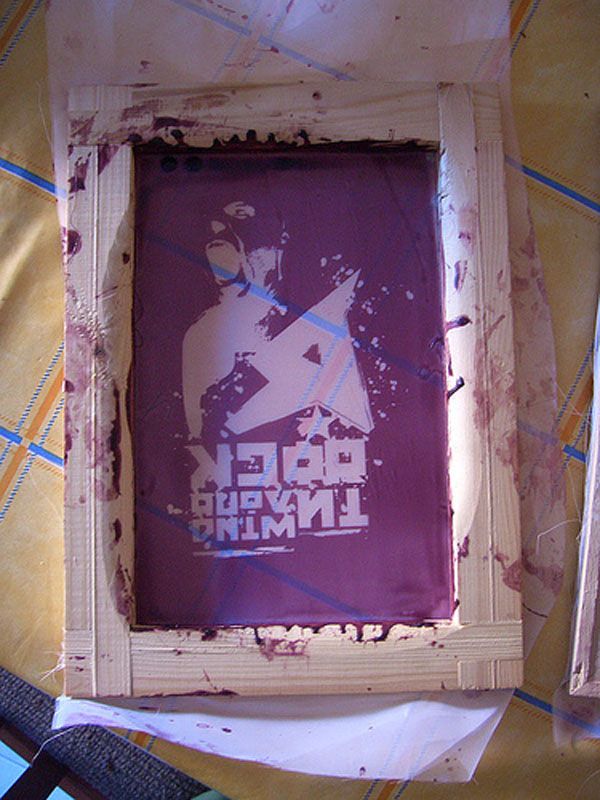
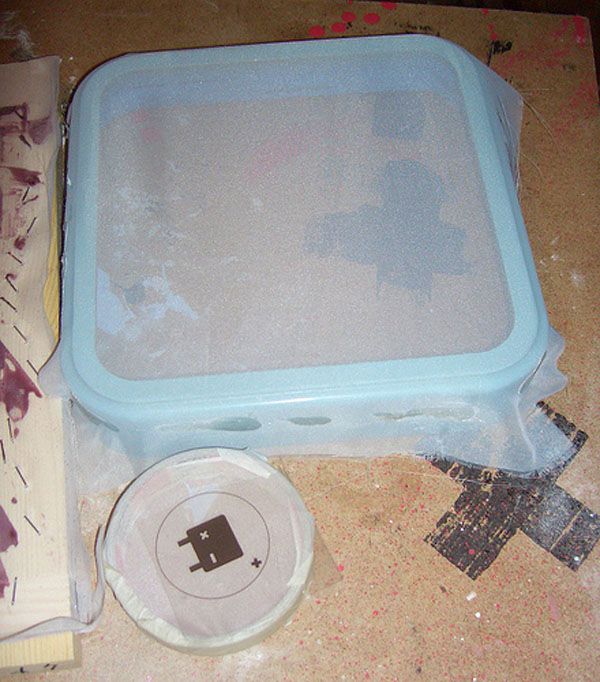
.
Screen fabric.
In professional screen printing, silk screens are used with a certain ruling. The ruling of a mesh is the number of threads in ‘x’ and ‘y’ that form it. You can vary both the quality and the distance between the threads, achieving greater precision in the design.
It can be purchased at any serigraphy house but it costs about €12/m, we will use another one, with a similar profile, synthetic, it is called nylon organdy and we can buy it at any fabric house somewhat cheaper, the result with this fabric is very Okay. More information about the fabric.
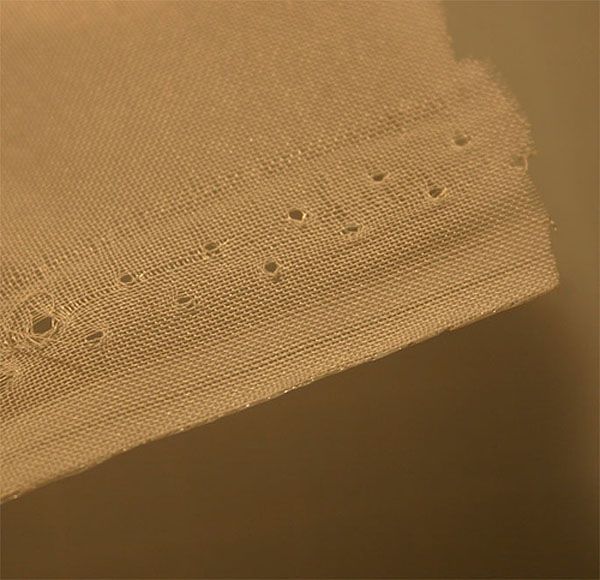
.
Wall stapler.
We will have to fix and stretch the fabric to the frame, so it is best to use a wall stapler and, if you are daring, a few nails will suffice.
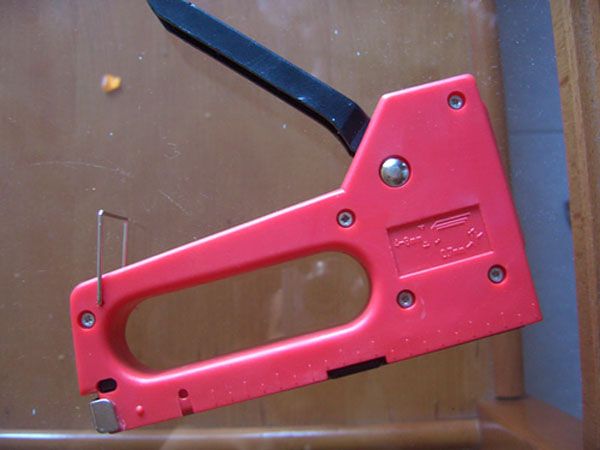
.
Palette to pass the paint.
Of those in the shape of a T to clean the crystals, made of plastic and with the sensitive area of rubber. If you have anything made of hard and smooth rubber, similar to the one in the photo, it will work for you, we will use it to spread the paint and emulsion evenly on the canvas, the wider the better, we will avoid lines and the screen will be better emulsified.
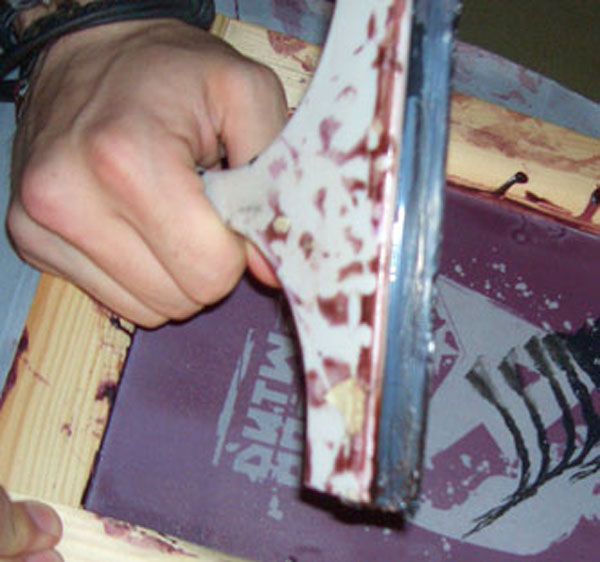
In professional screen printing, a special palette called a squeegee is used, made up of a wooden or metal handle and a rubber strip. You can get it at any screen printing supply center for about €15/10cm.
.
Diazo emulsion.
You can buy it at any serigraphic house for around €18/L. Is named
Textile Diazo Emulsion, is a low viscosity photosensitive emulsion and is suitable for water based screen printing. As the lacquers are water-based, this emulsion is perfect, and it is enough to pass a damp cloth after printing and we will have clean screens.
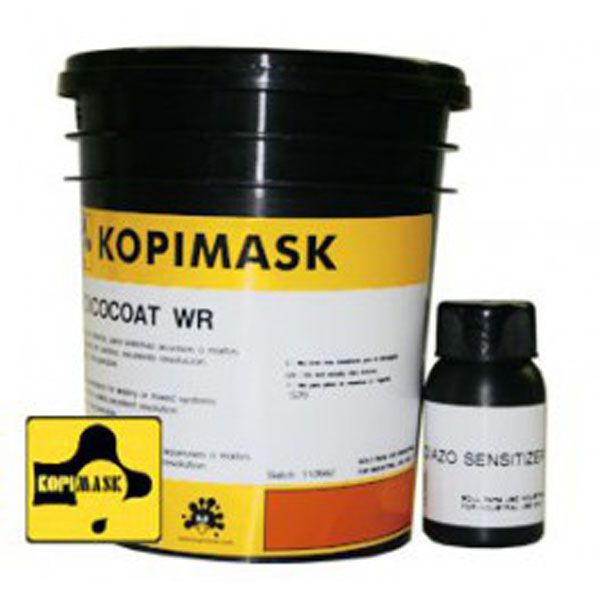
.
Textile inks for textile screen printing.
They are water-based, viscose textile inks with very vivid colors. They usually have the basic colors (blue, red, yellow, black, white), silver, gold and, depending on the brand, other special colors.
You should start by buying black and a color or if you want the basics to mix them together.
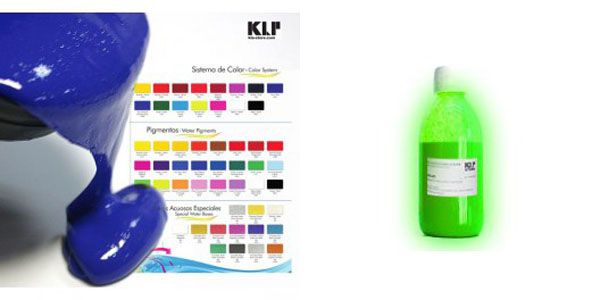
.
Test shirt.
Any shirt you have at home is good to start. Make it 100% cotton and not too worn. And without balls! this influences a lot when it comes to fixing the ink on the fabric, and over time the drawing is lost.
.
Dark drawer.
Once we apply the emulsion we will have to let the screen dry in a completely dark place for about 12 hours. If we have a drawer, perfect. If not, any box or dark place larger than the screen is good for us, as long as there is no light, it will be enough.
.
Yellow light bulb.
When we apply the emulsion, since it is highly sensitive to light, we will have to be in a completely dark place, the yellow bulb can serve as the only light source. If you have a blue or green, it also works. Or even a beam of light from the living room will serve to guide us in the dark and prevent the emulsion from being veiled.
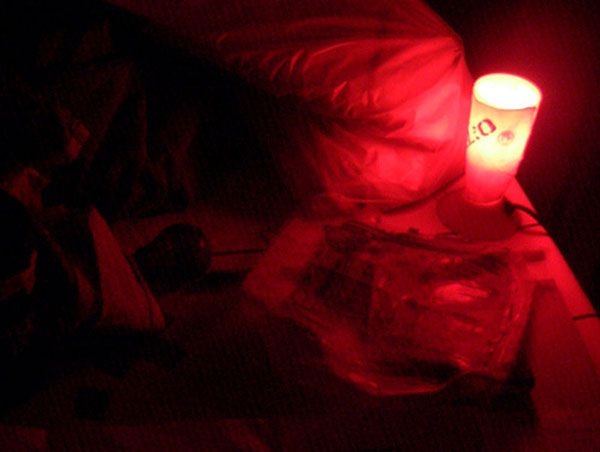
.
These are all the materials to print our first t-shirt.
Needless to say, that you have a lot of paper at hand, some cloth, newspaper, gloves and a well-cleared and ventilated place. And, if possible, a cold beer.
Source: Kalipo.com
.
Menu of this tutorial:
.
You may be interested in seeing these other articles related to crafts:
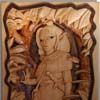
wood carving |

leather embossing |
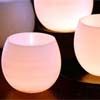
Wax globe lights |



